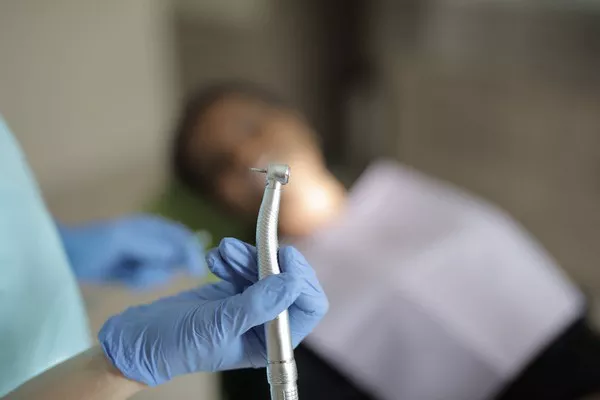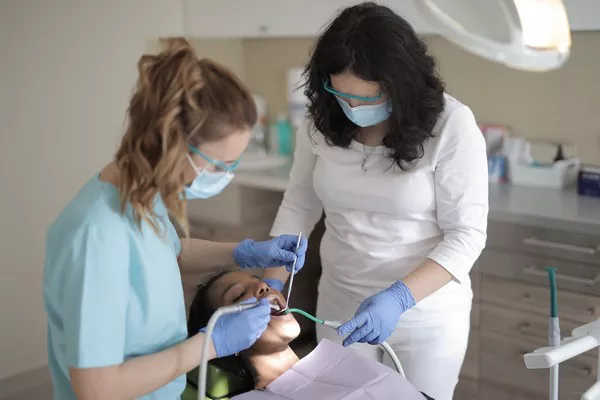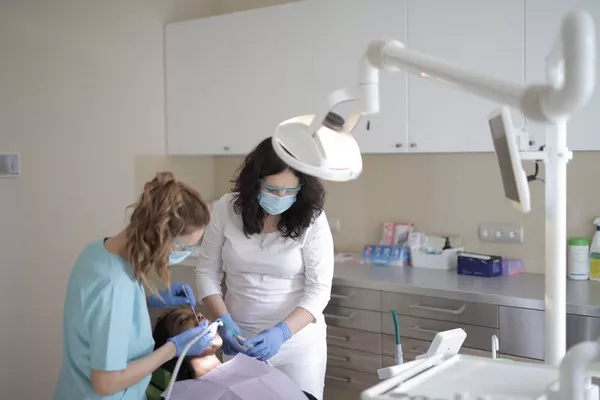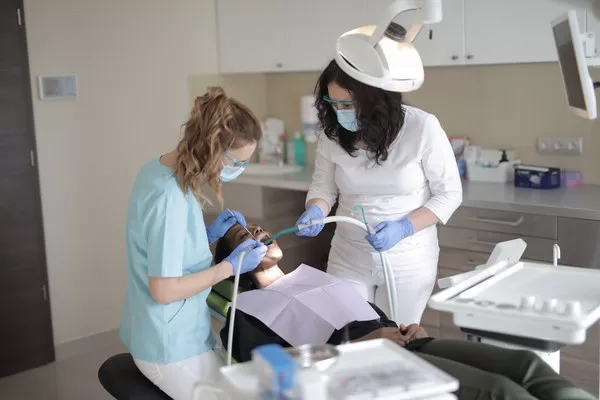Many individuals are concerned when they notice that their teeth appear yellow. A bright, white smile is often associated with good oral health and can boost confidence. However, several factors can contribute to tooth discoloration, resulting in a yellow appearance. In this comprehensive article, we will delve into the various causes of yellow teeth and discuss preventive measures to maintain a radiant smile.
Natural Tooth Color and Enamel
The natural color of our teeth can vary from person to person due to genetics and the thickness of the enamel—the outer protective layer of the teeth. Some individuals naturally have off-white or slightly yellowish teeth, which may be more noticeable as they age. Factors influencing natural tooth color include:
Dentin:
The layer beneath the enamel, called dentin, has a naturally yellowish hue. As the enamel wears down over time, the dentin becomes more visible, giving the teeth a yellow appearance.
Enamel thickness:
Thinner enamel allows the yellowish dentin to show through more prominently, whereas thicker enamel provides a whiter appearance.
Understanding the natural variations in tooth color can help alleviate concerns about yellowing teeth that are simply a result of one’s genetic makeup.
Extrinsic Stains and Lifestyle Factors
Extrinsic stains refer to discoloration on the outer surface of the teeth caused by external factors. Several lifestyle habits and dietary choices can lead to extrinsic stains and yellowing of the teeth:
Tobacco use:
Smoking and chewing tobacco are notorious for causing severe tooth discoloration. The nicotine and tar present in tobacco products can penetrate the enamel, leading to persistent yellow stains.
Poor oral hygiene:
Inadequate brushing and flossing allow plaque and bacteria to accumulate on the teeth, contributing to staining and discoloration.
Consumption of staining substances:
Regular intake of foods and beverages like coffee, tea, red wine, cola, berries, and certain spices can gradually stain the teeth over time, leading to yellowing or darkening.
Improper brushing techniques:
Brushing too aggressively or using a hard-bristled toothbrush can wear down the enamel and expose the underlying dentin, resulting in yellow appearance.
To prevent extrinsic stains, it is crucial to maintain good oral hygiene practices, limit consumption of staining substances, and avoid tobacco use.
Intrinsic Stains and Medical Factors
Intrinsic stains are discolorations that occur within the structure of the tooth itself. Unlike extrinsic stains, they cannot be easily removed by regular brushing or dental cleanings. Some of the medical and intrinsic factors contributing to yellow teeth include:
Aging:
As we age, the enamel naturally thins, revealing more of the yellowish dentin underneath.
Medications:
Certain medications, such as tetracycline antibiotics, antihistamines, and high blood pressure drugs, can cause intrinsic tooth discoloration when taken during tooth development or for an extended period. This type of staining tends to appear gray or brown in color.
Tooth trauma:
Trauma to a tooth, such as a severe blow or injury, can damage the inner layer known as the pulp. This can lead to yellowish or grayish discoloration of the affected tooth.
Dental fluorosis:
Excessive fluoride intake during tooth development can cause dental fluorosis, resulting in white spots or yellowish-brown stains on the teeth.
It’s important to consult with a dentist if you suspect intrinsic staining, as treatment options may vary depending on the underlying cause.
Prevention and Maintenance of White Teeth
While not all causes of yellow teeth are preventable, there are steps you can take to maintain a brighter smile:
Maintain good oral hygiene:
Brush your teeth at least twice a day with fluoride toothpaste and floss daily to remove plaque buildup and prevent staining.
Choose whitening toothpaste:
Opt for toothpaste that contains mild abrasives or whitening agents to help remove surface stains and maintain the natural whiteness of your teeth.
Practice proper brushing techniques:
Use a soft-bristled toothbrush and gentle circular motions to protect enamel from unnecessary wear.
Limit consumption of stain-causing substances:
Moderate your intake of coffee, tea, red wine, and other staining foods and beverages. Rinse your mouth with water afterward to minimize their contact with teeth.
Quit smoking and tobacco use:
Eliminating tobacco products not only improves oral health but also helps prevent yellowing and other severe dental issues.
Regular dental check-ups and professional cleanings: Visit your dentist every six months for routine cleanings and examinations. Professional cleanings can remove stubborn stains and help maintain the brightness of your teeth.
Related Topics:





























